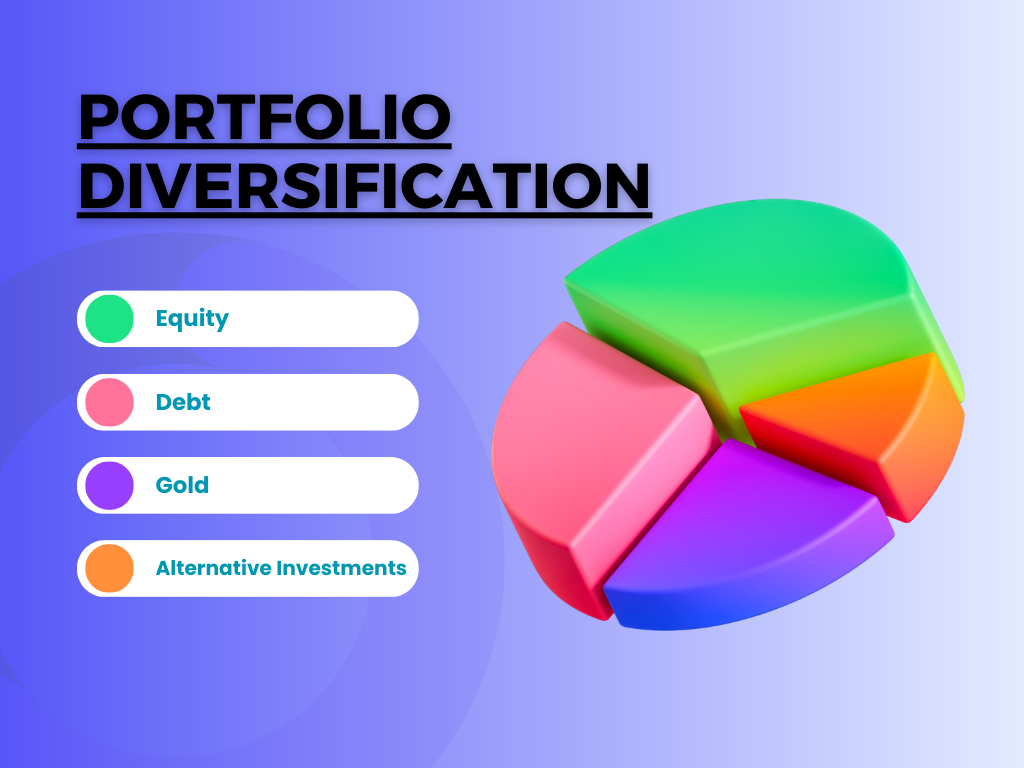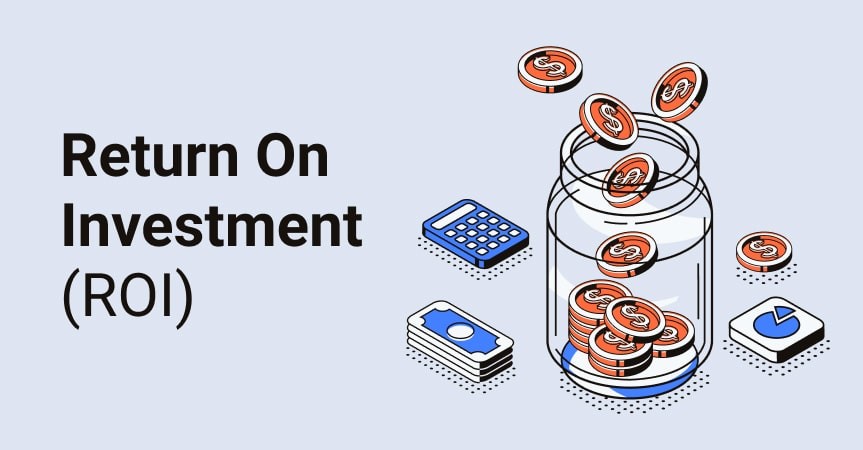What is a SaaS business? This question may have crossed your mind as you navigate the ever-evolving digital landscape. SaaS has had a transformative effect on business operations, offering convenient and streamlined cloud-based solutions.
The rise of SaaS market, expected to reach $716.52 billion by 2028, signifies its profound impact on modern businesses. It’s clear that comprehending what makes up a SaaS enterprise is more significant than ever, with such remarkable growth figures.
So why does this matter?
SaaS companies provide software services over the internet on a subscription basis – an approach that offers increased flexibility and cost-effectiveness for users compared to traditional software
Understanding the Basics: What is a SaaS Business?
In the realm of digital business technology, Software as a Service (SaaS) has emerged as an innovative model that is changing how businesses operate. It essentially provides access to applications over the internet on a subscription basis.
The Role of Subscription Fees in SaaS
Gone are the days when customers would pay hefty upfront costs for licenses or physical copies of software. The introduction of cloud infrastructure has heralded a new era where users subscribe and make regular payments for their desired services.
This shift towards subscription-based fees offers several advantages to businesses. Not only does it eradicate large initial investments associated with hardware and software installations, but it also makes budgeting more predictable due to evenly spread out expenses.
SaaS Companies’ Operation Mechanism
A key operational aspect that sets apart traditional methods from modern-day practices is that under this model, customers don’t own any actual software; they simply acquire rights enabling them to use these services via subscriptions.
This approach allows SaaS companies to host applications on their servers while granting clients remote accessibility through web browsers or dedicated apps, thus freeing end-users from dealing with technicalities such as server maintenance or updates, which are handled by the provider itself.
Popular Categories of SaaS Applications and Their Impact on Businesses
A wide range of popular categories have sprung up within this space, catering specifically towards enhancing day-to-day company operations while reducing overheads linked to maintaining local infrastructures. Small-to-medium businesses often rely on CRM systems provided by leading SaaS providers such as Zoho CRM and others.
Furthermore, there exist other platforms ranging from project management tools like Trello, email marketing resources like MailChimp, and enterprise resource planning solutions like Oracle NetSuite, each offering unique benefits tailored to meet the specific needs of various industries and sectors alike.
Key Takeaway:
In the digital business world, SaaS (Software as a Service) is king. It’s all about subscription-based access to applications via the internet, ditching hefty upfront costs and technical headaches. From CRM systems to project management tools, these services are transforming how businesses operate – it’s not just software rental; it’s a revolution.
Exploring Popular Types of SaaS Applications
The realm of Software as a Service (SaaS) encompasses numerous applications, each designed to optimize business operations. These cloud-based tools range from customer relationship management and enterprise resource planning solutions to accounting software and invoicing systems.
How B2B Companies Leverage SaaS Products
B2B organizations are increasingly tapping into the potential of SaaS products to enhance their operational efficacy. For instance, renowned CRM platforms like Microsoft Dynamics 365 employ a SaaS model that provides businesses with access to sophisticated functionalities without the need for hardware maintenance or software updates.
Sales teams can track leads, monitor client interactions, and manage email marketing campaigns all within this platform. The real-time data accessibility offered by such an application is indispensable in today’s fast-paced business environment, where informed decision-making processes hinge on up-to-date information.
Apart from CRM solutions like Microsoft Dynamics 365, other popular types of SaaS applications include project management tools like Trello and Asana, which help streamline team tasks; human resources systems like Workday and BambooHR, assisting HR departments in managing employee records efficiently; web hosting services like AWS and Google Cloud Platform, enabling small businesses to bolster their online presence easily; e-commerce platforms like Shopify, allowing entrepreneurs to establish robust online stores effortlessly; and data management software like Tableau, facilitating efficient handling of large datasets for insightful analysis.
Data Management: A Key Component Of Modern Businesses
In our digital age, data has become central to modern enterprises. Hence, it comes as no surprise that many companies rely heavily on SaaS models for effective data management. Platforms such as Tableau and Power BI offer powerful analytics capabilities while ensuring secure storage and easy retrieval of necessary information when needed.
This not only enables organizations to make more informed decisions but also helps them comply with regulations pertaining to the protection of privacy laws regarding collected user’s personal identifiable information (PII). Essentially, these SaaS solutions serve a dual purpose – they provide actionable insights through analyzed company’s collected datasets while simultaneously helping maintain high standards of security and compliance requirements set forth by GDPR, CCPA, etc.
Key Takeaway:
From streamlining operations to enhancing data management, SaaS applications are the secret sauce for modern businesses. They offer a smorgasbord of functionalities without hardware hassles or software updates. Whether it’s CRM platforms like Microsoft Dynamics 365, project management tools like Trello and Asana, or analytics powerhouses like Tableau – these cloud-based solutions are re
The Growth and Impact of the SaaS Market
As we move through a progressively digital atmosphere, it’s impossible to overlook the extraordinary ascent of Software as a Service (SaaS) organizations. The global SaaS market is projected to skyrocket up to $716.52 billion by 2028, reflecting its pivotal role in our modern world.
In tandem with this trend, there has been a surge in investments towards cloud technologies among businesses – spending that exceeds last year’s figures by 20%. This indicates that companies are recognizing and harnessing the power of these platforms for their operations.
The Three Phases of Building a SaaS Business
To fully grasp how such exponential numbers come about, let’s dissect building a successful SaaS business into three stages: setup, growth, and stabilization.
During the setup phase, the focus lies heavily on creating software solutions based on identified customer needs, followed closely by establishing pricing models and developing necessary infrastructure for delivery. This sets the foundation stone upon which a SaaS company works.
The growth stage revolves around marketing strategies aimed at acquiring new customers while retaining existing ones. Inbound marketing software, email marketing platforms, and social media campaigns play crucial roles here. Another perk unique to being part of the SaaS industry during this phase? Quick response times when user feedback arises thanks to control over products, unlike traditional software companies who depend on third-party vendors, thus enhancing the overall customer experience significantly.
Finally, comes stabilization where the emphasis shifts towards steady revenue streams from long-term paying customers. These loyal users find value in using applications regularly, contributing predictably recurring revenues highly valued by investors looking to invest in top SaaS companies today.
Understanding Control and Security in SaaS Businesses
SaaS organizations enjoy greater control over their product offerings since they’re delivered via cloud-based systems instead of physical disks or downloads. Enabling them faster reaction times when issues arise, leading to enhanced user experiences overall.
This increased level of control
Key Takeaway:
SaaS businesses are shaping the digital landscape with their rapid growth, as they provide cloud-based solutions tailored to customer needs. The journey involves setup, growth and stabilization stages – all aimed at delivering value for users while securing steady revenue streams.
Understanding Control and Security in SaaS Businesses
In the realm of SaaS companies, control over their products is a significant advantage. This results in enhanced security measures, rapid updates, and an improved user experience for businesses that rely on these services.
SaaS applications are hosted on cloud infrastructure managed by the provider instead of being housed within traditional software models where the application resides directly on end-user devices or servers. The centralized hosting enables real-time monitoring, which can quickly detect potential issues before they escalate into more serious problems. Learn about the challenges associated with cloud security here.
Benefits for Small-to-Medium Businesses
The world of small-to-medium businesses (SMBs) often lacks extensive IT resources compared to larger organizations. As such, SMBs lean heavily towards the SaaS model as it improves day-to-day company operations without having to worry about complex matters like security issues or software updates.
This preference isn’t just because SaaS platforms offer enterprise-level solutions at affordable prices due to economies of scale achieved through multi-tenancy architecture, but also because robust encryption methods maintain data privacy between tenants using shared resources.
Apart from cost savings and scalability benefits offered by SaaS systems, one key aspect that makes them attractive for small business owners is automatic upgrades. With all customers sharing the same codebase, when new features are added or bugs fixed, every customer gets upgraded simultaneously without any downtime linked with manual installations. Thus, ensuring access to the latest technology advancements, helping stay competitive in today’s digital economy.
Data protection also plays a crucial role beyond operational efficiency. Increasing cyber threats target smaller firms who may not have strong defense mechanisms against attacks, unlike large corporations do. Relying on SaaS companies who invest significantly in securing their platforms provides an additional layer of safety. Here’s some insight into the history of data breaches affecting businesses globally.
Key Takeaway:
SaaS businesses offer a silver bullet for small-to-medium enterprises lacking extensive IT resources. They provide enterprise-level solutions at affordable rates, automatic upgrades without downtime, and robust data protection against cyber threats – all wrapped up in a package that simplifies complex tech matters.
Spotlight on Top SaaS Companies
The SaaS landscape is rich with companies pushing the boundaries of cloud-based solutions. Leading this pack are names like SurveyMonkey, HubSpot, and Microsoft.
The Role of Big Tech in the SaaS Industry
Major tech corporations have not been left behind in the SaaS wave. Google’s G Suite, comprising of Gmail, Docs, Drive and Calendar, is delivered via a SaaS model. Adobe too has jumped into the fray with its Creative Cloud service that offers software such as Photoshop and Illustrator via subscription.
This expansion into offering SaaS products allows these big tech firms to tap new revenue sources while meeting customer demands for flexible yet scalable solutions.
Navigating Control and Security within SaaS Businesses
SaaS businesses wield more control over their product offerings compared to traditional software models, which results in heightened security coupled with quicker updates – two key factors that positively influence user experience.
Advantages for Small-to-Medium Enterprises
SaaS applications provide SMEs with the ability to easily adjust their capacity in line with demand without worrying about infrastructure limitations or capital expenditure restrictions.
Beyond that, SMEs can concentrate more on core business operations since they don’t require extensive IT resources for maintaining servers or updating software; these tasks fall squarely onto third-party vendors who provide them as part of their product packages. Check out how SaaS platforms are beneficial for SMBs here.
Unraveling the SaaS world. Big names like SurveyMonkey, HubSpot, and Microsoft lead the pack. With scalable solutions for SMEs & major tech firms jumping in, it’s a game-changer. #SaaS #CloudComputingClick to Tweet
Why Traditional Software Companies Are Shifting To Cloud-Based Applications
The tech industry is witnessing a significant shift from traditional software to cloud-based applications. This transition has been propelled by factors such as cost-effectiveness, scalability, and ease of use.
Case Study – Adobe’s Transition From Traditional Software To Cloud-Based Solutions
In the past, Adobe was primarily known for its physical software products like Photoshop and Illustrator. However, with the rise of high-speed internet access and an increasing demand for flexible solutions, they decided it was time to pivot towards a SaaS model.
This change in business strategy allowed them to provide customers with regular updates without needing any physical product purchases or installations. It also gave users access to their entire suite of creative tools on any device that had an internet connection.
Their successful transition not only boosted revenue but also improved customer retention rates due to continuous innovation and enhanced user experience offered by cloud services.
Economic Efficiency And Scalability Of The SaaS Model
SaaS models offer economic advantages over conventional methods that can’t be ignored. They eliminate upfront costs associated with hardware procurement or maintenance since everything runs on remote servers maintained by third-party vendors. Budget-friendly? Check.
Furthermore, these systems allow companies, big or small, to scale up based on their needs without having infrastructure constraints. Scalable? You bet.
User-Friendly And Accessible Nature Of Cloud-Based Applications
A major advantage driving this migration towards cloud-based applications lies in accessibility. Users can tap into these platforms anywhere there’s an active internet connection, enabling remote workforces while ensuring smooth business operations during unforeseen circumstances such as natural disasters or global pandemics. Versatile? Absolutely.
This flexibility, coupled with intuitive interfaces often found in modern SaaS products, makes them easy even for non-tech-savvy individuals, ultimately leading to higher adoption rates across organizations. So if you’re wondering why your favorite software company is shifting gears toward becoming one among many top SaaS companies, now you know. Cost efficiency, expandability, and user-friendliness are some of the factors behind this shift.
Key Takeaway:
Software companies are shifting from traditional models to SaaS due to its cost-effectiveness, scalability, and ease of use. Adobe’s successful transition exemplifies the benefits: increased revenue, improved customer retention, and enhanced user experience. With no infrastructure constraints or upfront costs and a high degree of accessibility even for non-tech users – it’s clear why SaaS is becoming king
Digital Marketing Strategies for SaaS Businesses
In the ever-evolving landscape of SaaS businesses, effective digital marketing strategies play a pivotal role. These tactics are not just about reaching potential customers but also retaining existing ones.
Customer Experience: The Heart of SaaS Sales Process
The customer experience is at the core of any successful sales process in SaaS organizations. A stellar user interface and usability can significantly boost customer retention rates, leading to an increase in long-term paying customers.
Apart from this, offering unparalleled customer service throughout their journey with your company further enhances client relationships. This could range from prompt responses to queries or issue resolution to providing personalized recommendations based on individual needs – all these efforts culminate in creating a memorable customer experience that fosters loyalty and repeat business.
Email Marketing Platforms: Key to Customer Engagement in SaaS Business
Email marketing remains one of the most potent tools for communication with both prospective and current clients within the realm of SaaS businesses. Regularly sending informative content such as newsletters or updates about new features helps keep subscribers engaged while subtly promoting your offerings concurrently.
An email marketing platform like MailChimp, which offers cloud-based solutions, provides various customizable templates making it easier even for non-tech savvy users to create visually appealing emails without requiring coding skills. Plus, its automation feature allows scheduling emails ahead, saving valuable time that could be used elsewhere more productively within your organization.
Social Media Campaigns: An Effective Tool for Brand Awareness and Growth
Social media platforms provide an excellent opportunity for direct engagement with potential consumers where they spend much of their online time today. Sharing relevant content, responding quickly to comments, running contests, or paid advertising campaigns help build brand awareness effectively among targeted audiences.
Hootsuite’s social media advertising platform, for instance, makes managing multiple accounts across different networks easy while tracking performance metrics from one central dashboard, thus aiding informed decisions regarding future promotional activities based on data-driven insights.
Key Takeaway:
For SaaS businesses, nailing digital marketing strategies and customer experience is key. From leveraging email platforms like MailChimp for engaging content to utilizing social media campaigns for brand awareness, it’s all about creating a memorable journey that keeps customers coming back.
Conclusion
You’ve now explored the realm of SaaS businesses.
You now comprehend that a SaaS business is fundamentally an organization offering software administrations on the web through membership.
We delved into various types of popular SaaS applications – from customer resource management to human resources and data management.
The growth trajectory of this market segment has been impressive, set to touch $716.52 billion by 2028.
We also explored how control and security play pivotal roles in these companies, offering enhanced user experiences with quick updates and high-grade security measures.
Top players like SurveyMonkey, HubSpot, and Microsoft are making waves in this space along with big tech giants like Google and Adobe diversifying their product offerings with SaaS products.
The shift from traditional software methods towards cloud-based applications is becoming more apparent due to factors such as cost-effectiveness, scalability, ease-of-use, etc.
Last but not least, we discussed effective digital marketing strategies for SaaS businesses focusing on enhancing customer experience during the sales process for long-term success.
If you want to learn more about this, sign up for my newsletter.


